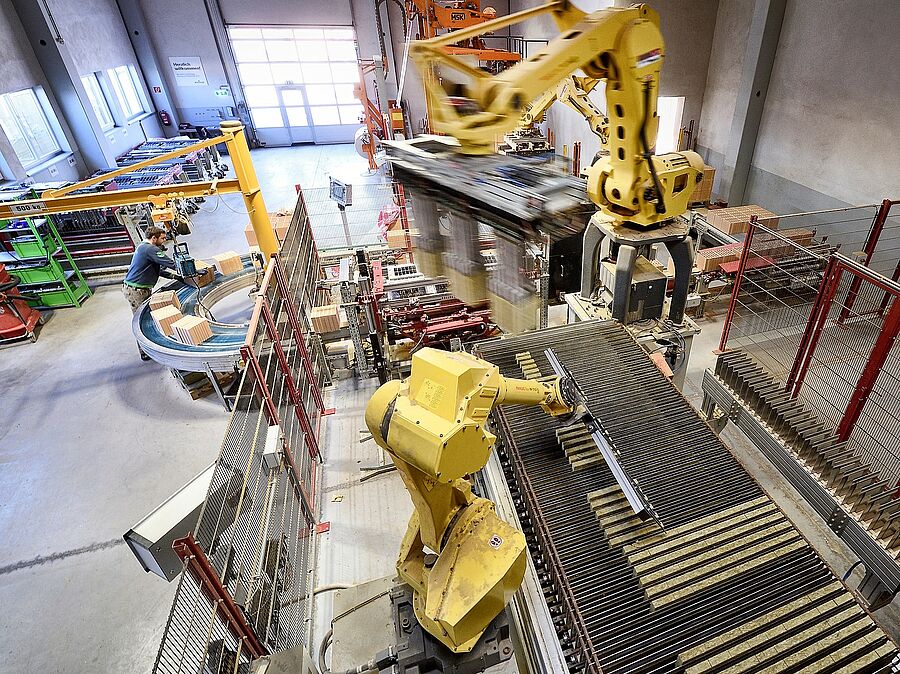Integration of newInnovation means application and integration of new technologies. Industrial heat pumps, high-temperature storage, battery technologies, hydrogen and other highly innovative technologies and methods enable industrial plants to operate economically, safely and efficiently at the same time. By constantly researching and testing these technologies, the AIT is always at the highest level of knowledge and your ideal partner when it comes to deciding which technology is best suited to your project.
We are happy to advise on the design of plants and calculate the economic efficiency of various possible measures. This can be the integration of a heat pump, a thermal or electrical storage tank or a combination of these.
The spectrum ranges from
- Energy technology for the economic use of waste heat, through high-performance heat exchangers, high-temperature storage tanks and industrial heat pumps, via which
- Process engineering, such as product drying or reactors, up to complex
- Sequence control and application optimization in discontinuous production and energy supply systems.
Our services
- Finding integration possibilities of components and systems for the economic use of waste heat
- Technical and economic feasibility studies, potential analyses and derivation of catalogs of measures
- Digital mapping and integration of systems and components
- Tailor-made operational optimization
Your benefit
- Reduction of operating costs
- Optimization of production processes
- Investment decision support
- Conservation of core knowledge in the company
Our methods
- Computational Fluid Dynamics (CFD) for detailed analysis of heat and mass transfer processes
- Flow-sheet simulation and design of control and regulation concepts for electrical, thermal and mechanical systems
- Digitization, horizontal and vertical networking, data acquisition and visualization, edge and cloud computing
- Statistical methods for classification, regression analysis, validation, optimization and prediction
- Digital twins in the form of statistical and physical models



